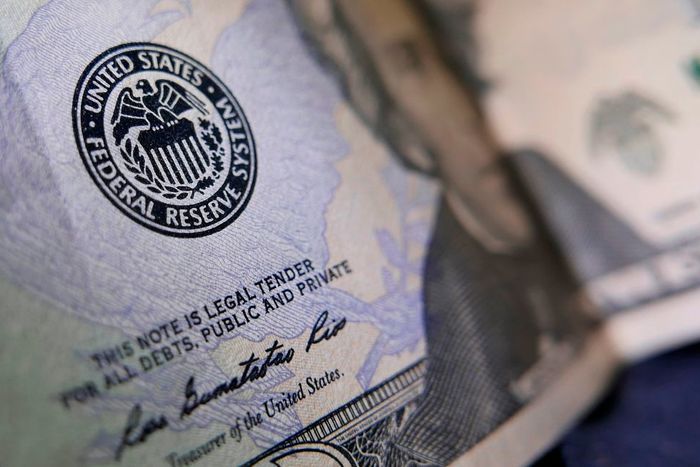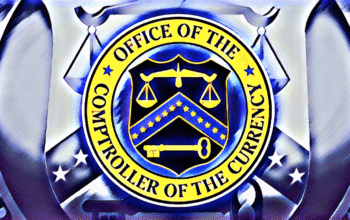 Silicon Valley Bank (SVB) was hit by a decline in the value of its bonds, which were purchased during boom times when the company had a lot of customer deposits and required a place to park its cash.
Silicon Valley Bank (SVB) was hit by a decline in the value of its bonds, which were purchased during boom times when the company had a lot of customer deposits and required a place to park its cash.
However, SVB is not alone in facing this issue. The Federal Deposit Insurance Corporation (FDIC) reports that US banks had $620 billion in unrealized losses on their books at the end of 2022. The difference between the value that large lenders placed on the bonds they held and their actual market value is widening.
When interest rates were near zero, US banks invested in Treasuries and bonds. Now that the Federal Reserve is increasing rates to curb inflation, those bonds’ value has decreased.
As newly issued bonds start paying higher rates to investors, older bonds with lower rates become less attractive and less valuable, leading to unrealized losses on banks’ books.
FDIC Chairman Martin Gruenberg stated that “unrealized losses weaken a bank’s future ability to meet unexpected liquidity needs.” In other words, banks may find that they have less cash on hand than they previously thought, particularly when they require it.
Despite concerns, analysts suggest that the situation does not warrant panic, as most US banks are in good financial shape and will not be forced to realize bond losses. On Friday, shares of larger banks stabilized after experiencing their worst day in almost three years on Thursday.



